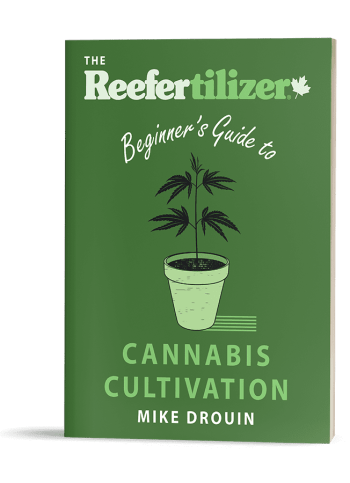Spaced Out Dude
Space matters for your plants just as much as it does for you. It’s not merely about the size of the area but the overall environment on how you maximize buds per square feet.
Whether you’re working with an expansive outdoor plot or a snug indoor nook, cannabios and plants in general need room for airflow and light.
Let’s talk about the absolute minimum requirements for cannabis and the most optimal spacing depending on your grow.
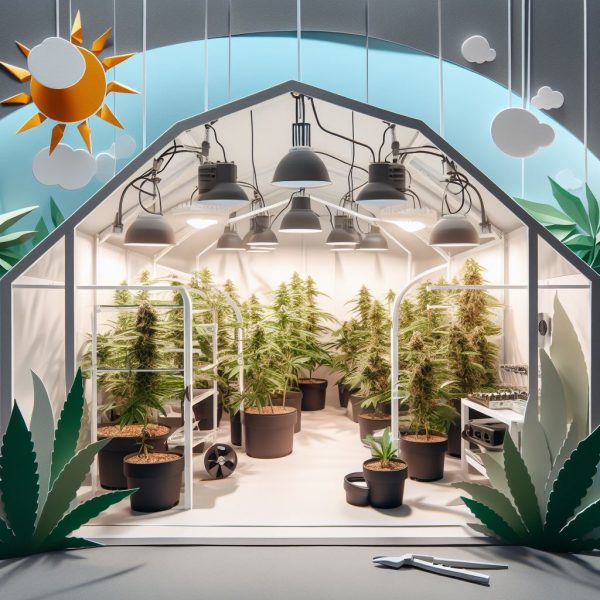
Learn to Grow Better Weed
Download our free guide to growing amazing cannabis at home.
Click Here For More Info
Optimal Plant Spacing
For indoor growers, a good rule of thumb is to allocate at least two square feet per plant. This allows enough space for each plant to receive adequate light and air circulation, which are essential for healthy growth and development. In outdoor grows, more space is better, with plants often requiring several feet between them to accommodate their full growth potential.
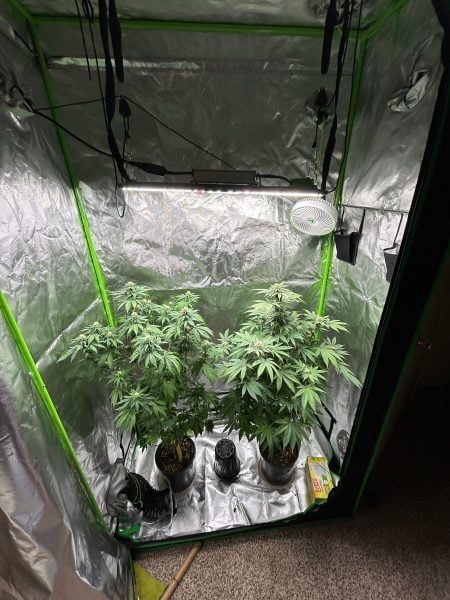
Proper plant spacing is beneficial for several reasons:
- It reduces the risk of mold and pests, which can spread quickly in cramped conditions.
- It ensures each plant receives ample light, which is necessary for photosynthesis and overall plant health.
- It allows for adequate airflow around each plant, which helps to regulate temperature and humidity levels.
- It gives you easy access to each plant for regular maintenance tasks like pruning, training, and harvesting.
Remember, while it might be tempting to squeeze in as many plants as possible, overcrowding can lead to a host of issues that may compromise your crop’s quality and yield. Too many plants will start competing for light and leaving a lot of potential in the shade.
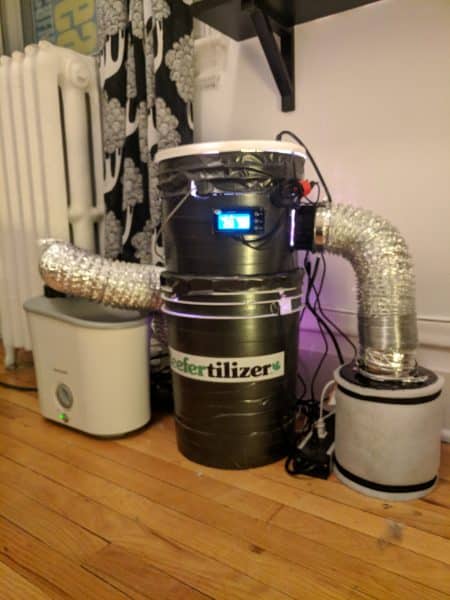
Absolute Minimum
Curious about the tiniest grow space you could possibly use for cannabis? Let’s talk about the art of micro-growing.
The smallest viable space for a single cannabis plant is roughly the size of a mini-fridge.
A spacebucket is an example of creating a micro-environment for your cannabis plant.
The bud produced in a micro-grow can still be exceptional, with all the desired flavor, aroma, and potency… just not plentiful.
When working with such a confined area, it’s critical to be on top of watering and feeding. A small space mean a smaller pot that will dry out sooner. Airflow is also important. Plants breathe through stomata under their leaves. A fresh source of air blowing over the leaves will help your plants breath.
A smaller pot can help control the size of your plant, while choosing a strain known for its compact growth can ensure it doesn’t outgrow its petite home.
Reflective materials can be used to line the walls of your grow area, ensuring that your plant receives light from all angles. Additionally, training techniques such as low-stress training (LST) can encourage horizontal growth, which is ideal when vertical space is also at a premium.
Using Space Efficiently
When it comes to cultivating cannabis in tight quarters, every inch counts. Maximizing your grow space isn’t just about cramming in as many plants as possible; it’s about optimizing the environment and employing techniques that encourage a bountiful yield from a minimal footprint.
Space-Saving Cannabis Growing Setups
Vertical growing is a game-changer for small space cultivators. This approach utilizes the vertical space above plants, allowing for multiple layers of growth. Here’s how you can implement vertical growing:
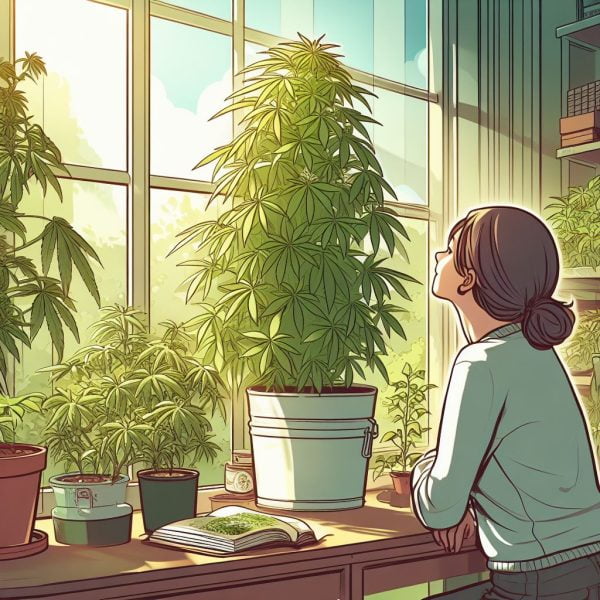
- Stackable Shelving: Use stackable shelves or racks to create layers, ensuring each level has its own light source.
- Vertical Grow Systems: Invest in a vertical grow system designed for cannabis cultivation, which often includes integrated lighting and irrigation.
- Training for Height: Train your plants to grow horizontally rather than vertically using techniques like Low Stress Training (LST) or a SCROG to make the most of your vertical space.
Sizing Up Your Grow: How Much Space Will You Need?
Got your grow strategy dialed in? Sweet. Now let’s talk about the number of plants you can fit in that space. Here’s a quick guide to help you figure out how much space plants need depending on your grow style:
| Grow Method | Space Per Plant |
|---|---|
| Sea of Green (SOG) | 1 square foot |
| Screen of Green (SCROG) | 4 square feet |
| Topping/Fimming | 1.5 square feet |
| Super Cropping | 2 square feet |
Picture this: you’ve got an 8×8 foot grow tent. That’s prime real estate for up to 8 plants if you’re jamming them in with the SOG method. If a SCROG is more your vibe, you’ve got room for 2 sprawling plants. If you plan on just some light training then 4-5 plants will have plenty of space to get bushy.
Keep in mind, these numbers are just a starting point. You’ll want to adjust for the size of your pots and the dance moves of your particular strain. The goal? Give your plants enough personal space to thrive without wasting a single ray of light.
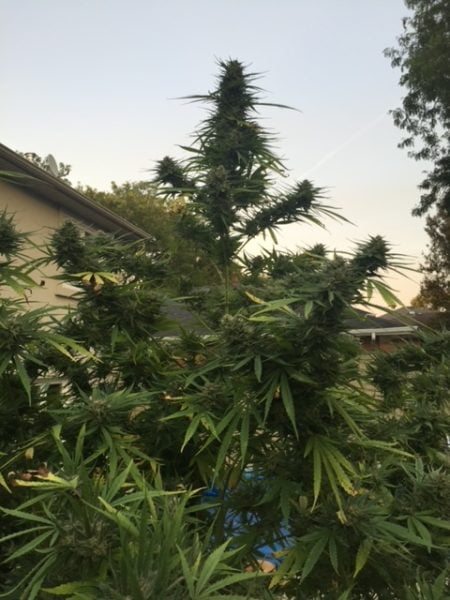
Growing Cannabis Outdoors
In the great outdoors, your cannabis plants get to stretch their roots and soak in the sun without the clutter of indoor gear. But remember, they’re now playing by Mother Nature’s rules, where sunlight, wind, and the occasional shower take the lead.
To keep your green gals thriving, space them out with a good 2-4 feet of elbow room between each plant. More space equals more light, and more light means more energy for your plants to flourish.
And if you find your plants are getting a bit too cozy, fabric planters make it easy to rearrange the garden.
Harvesting Success in All Spaces
In summary, when it comes to how much room you need for cannabis plants, the smallest viable space for a single cannabis plant is roughly one square foot. However, for optimal growth and yield, plant spacing is critical, and it’s important to leave enough room between plants to allow for air circulation and light penetration.
Whether you’re working with a cupboard or a backyard, starting small and gradually expanding your cannabis grow operation as you gain experience is a sensible approach. This allows you to manage your plants more effectively and learn as you go, reducing the risk of overwhelming yourself with a large grow that you may not be ready for.
Remember, every grow space is unique, and with the right techniques and care, you can achieve a bountiful harvest even in the most compact areas. So, don’t hesitate to start your cannabis journey today and make the most out of your available space!
If you want to learn even more about growing good cannabis, we offer a free 40+ page guide full of images.
Now available on Amazon.
Sign up for our newsletter and download the digital copy today!
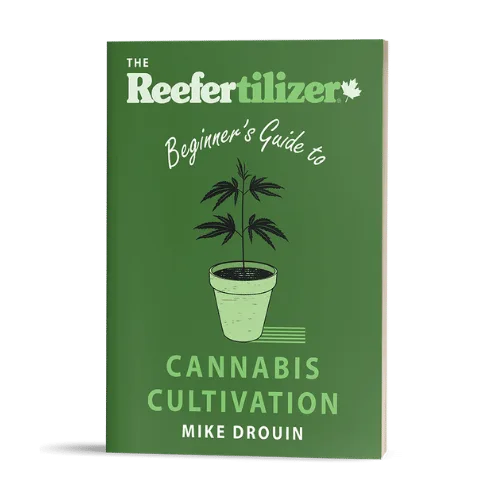
This guide will answer many questions about growing cannabis, like the following...
Selecting Seeds
Identify and Correct Problems
Maximize Yield
Much More...
Get a Chance to INSTANTLY WIN a Reefertilizer Nutrient Kit When You Sign Up.
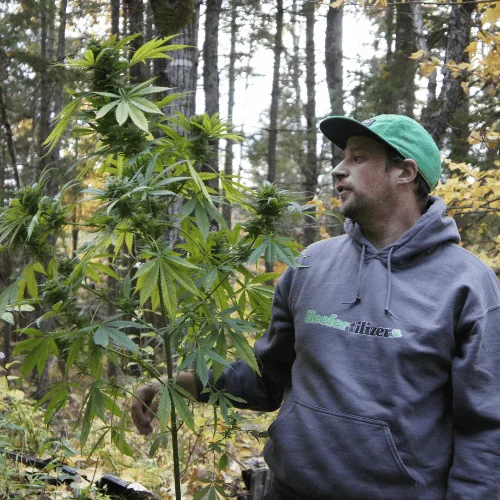
Mike Drouin is the co-founder of Reefertilizer. He’s an experienced craft cannabis grower and a writer of many articles regarding the process. Mike lives on Vancouver Island and enjoys cycling and camping and will sometimes combine the two.

